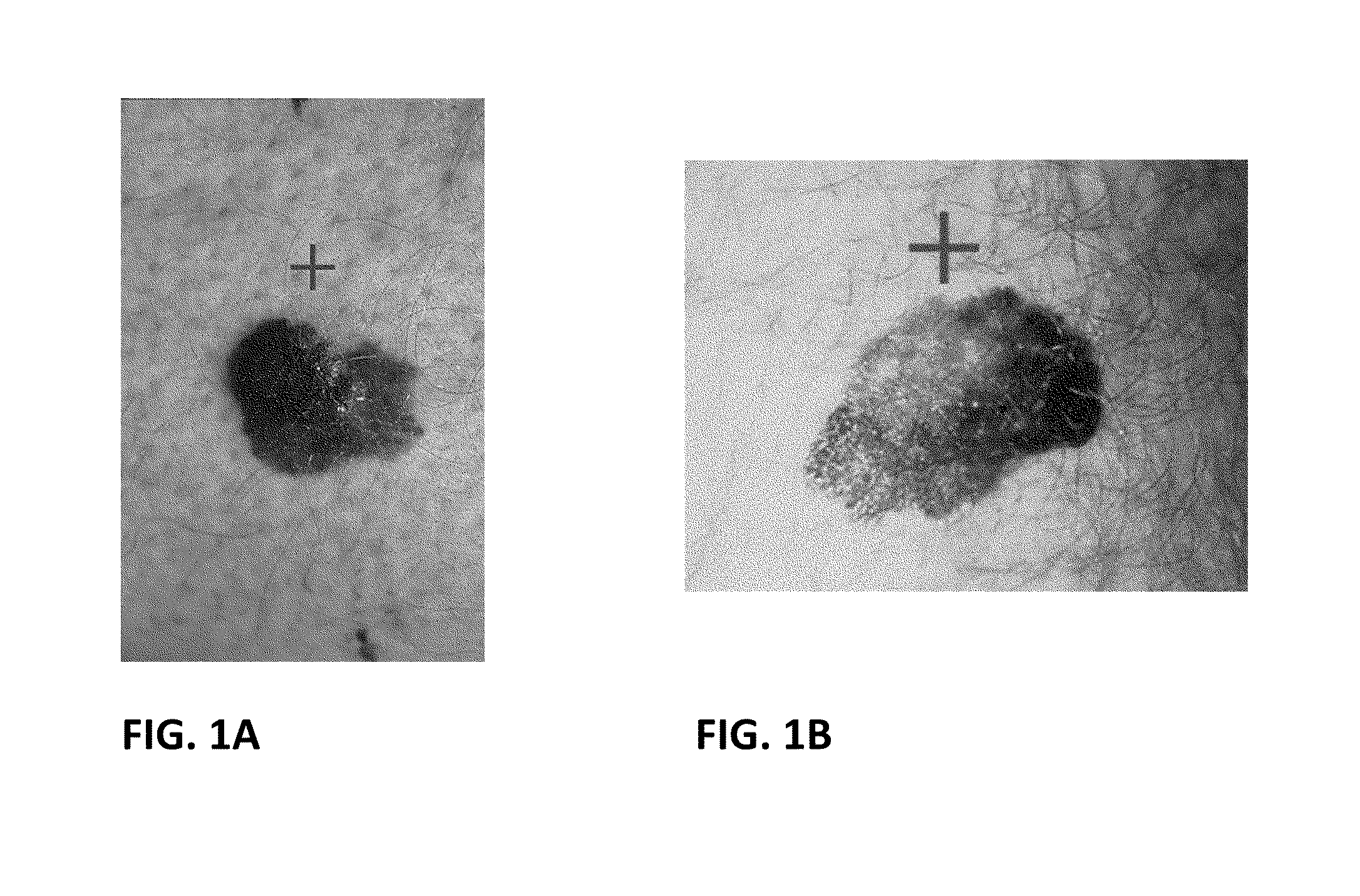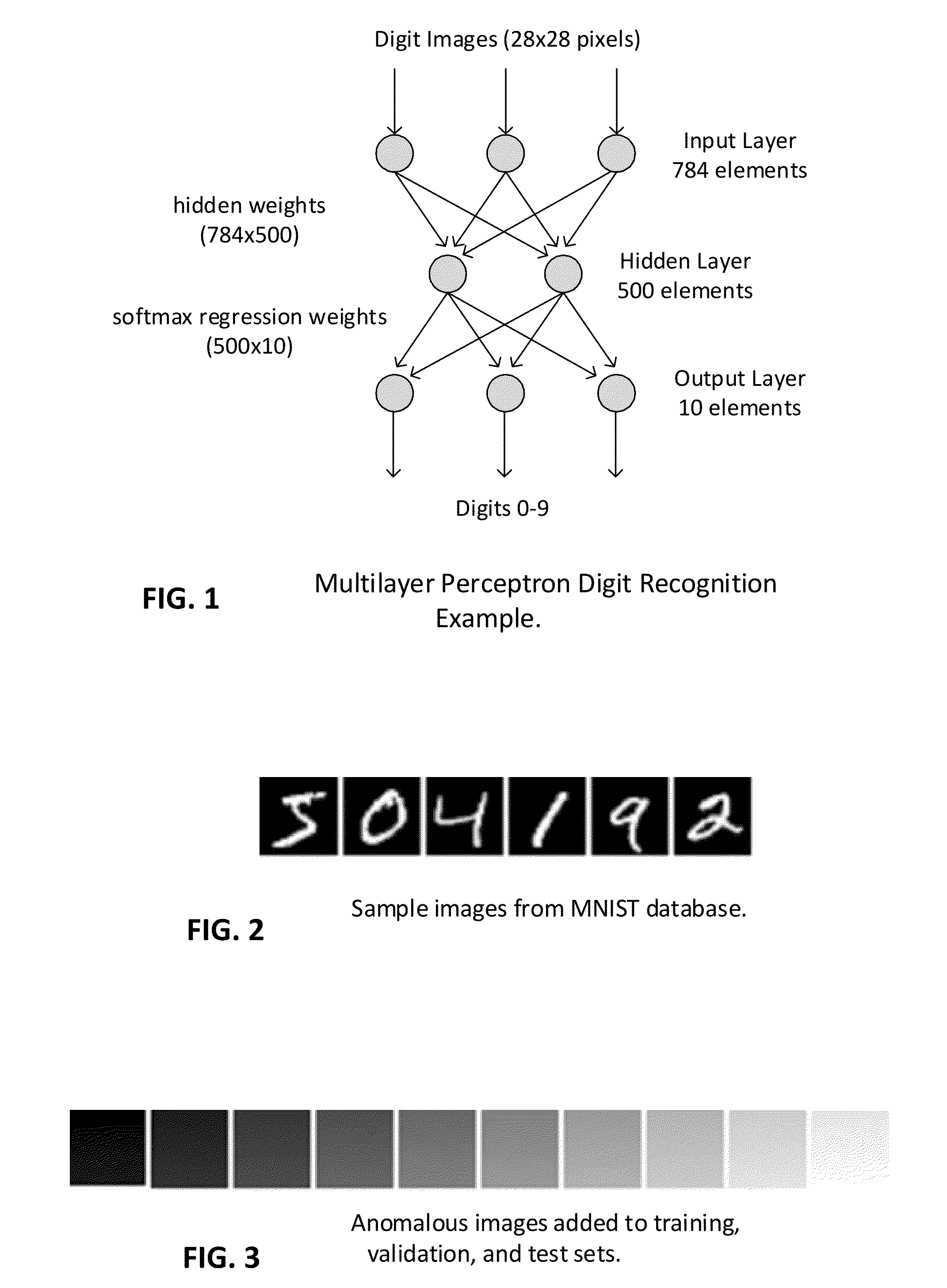Learning systems and methods
a learning system and learning technology, applied in the field of learning systems and methods, can solve problems such as expected to be of little practical importan
- Summary
- Abstract
- Description
- Claims
- Application Information
AI Technical Summary
Benefits of technology
Problems solved by technology
Method used
Image
Examples
Embodiment Construction
Training Methods to Incorporate Anomalous Behavior in a Classifier
[0019]Deep learning is emerging—and machine learning and neural network technology are re-emerging—as promising solutions to a great variety of problems.
[0020]One of the applications for such systems (collectively termed “learning systems” herein) is in computer vision, e.g., identifying objects in imagery.
[0021]A celebrated recent example was work by Ng, et al, which showed it is possible to build a high-level, class-specific feature detector from only unlabeled data. See, e.g., Le et al, Building High-Level Features Using Large Scale Unsupervised Learning, and Coates et al, Deep Learning with COTS HPC Systems.
[0022]One feature of some of these vision-based learning systems is that the optimal stimulus of the trained system can be determined, and presented as an output image. The prototypical human face, or cat, to which such a system responds, can thus be output as a graphic. (See, e.g., Le et al, Building High-Leve...
PUM
 Login to View More
Login to View More Abstract
Description
Claims
Application Information
 Login to View More
Login to View More - R&D
- Intellectual Property
- Life Sciences
- Materials
- Tech Scout
- Unparalleled Data Quality
- Higher Quality Content
- 60% Fewer Hallucinations
Browse by: Latest US Patents, China's latest patents, Technical Efficacy Thesaurus, Application Domain, Technology Topic, Popular Technical Reports.
© 2025 PatSnap. All rights reserved.Legal|Privacy policy|Modern Slavery Act Transparency Statement|Sitemap|About US| Contact US: help@patsnap.com



